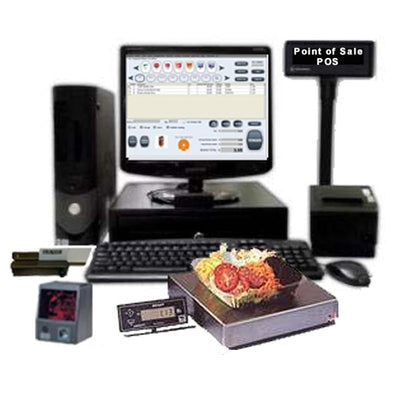The world of retail and service is changing, as are the tools that enable them. The modern POS system is at the core of this evolution. It’s a mix of hardware and sytems that extend beyond cash registers, receipts and other basic features. The emphasis is no longer on collecting payment. The experience of the point-of-sale is now all about operational intelligence as well as customer insight. It is also about seamless integration of all aspects of your company.
The Heart of the System: How POS Software Goes Beyond Transactions
Point of sale POS software is a command center which can manage basic transactions. It tracks inventory as it’s sold, automatically updates inventory levels, and issues alerts when goods are low. It tracks sales history and customer preferences, turning every transaction into valuable information that can be used to inform future strategies for marketing and buying decision-making.
A reliable POS system’s ability to connect departments is among its lesser-known functions. Instead of managing payroll on its own such as, for instance, some systems have a time clock feature that directly informs employee scheduling and wage calculations. This results in a more efficient workflow that requires less administrative burdens.

POS software today has syncing features that are essential for businesses who have both physically located locations as well as an online presence. The products that are sold in stores can reflect what’s online in real time to avoid double-selling and stock issues. This is a crucial step since shopping trends shift to hybrid purchases in which customers browse on the internet before purchasing the product in store.
Why integration is more important than ever
Integration is where the latest POS point of sale truly shines. Gone are the days of managing multiple tools that do not “talk” to one another. The strength of a strong POS platform is in how well it connects the departments of sales, inventory, employee management as well as accounting.
Think about customer experience, for example. One scan at the checkout will show the customer’s loyalty points, and also apply discounts. Additionally, it will provide them with an electronic receipt. The same sale also updates the total amount of revenue, inventory availability and the daily report at the backend. This allows for a more personalized shopping experience while also reducing manual input and errors.
Business owners and managers alike appreciate this type of data invaluable. They are able to adjust their pricing strategies and respond to changing trends more quickly with precise real-time data.
A Smart Investment with Long-Term Payoff
There’s a reason that more companies are investing in POS solutions that provide tangible results. Not only in speed or precision, but also in the way they support smarter decision-making and long-term growth. No matter if you’re running a single location cafe or a growing retail chain, a well-integrated POS point of sale helps simplify operations and expose patterns you may have otherwise missed.
In addition, due to the increase in expectations of consumers an advanced point-of-sale setup becomes an important but unnoticed element of the consumer experience. Fast checkouts, accurate inventory updates, and digital payment flexibility are all part of the standard expectations. Businesses that exceed these expectations build trust and encourage repeat business.
Final Thoughts
Modern POS system is much more than a check-out instrument, it’s a bridge between your products, staff as well as your client. The right point of sale POS software helps you understand your business on a deeper level, offering clarity in decision-making and efficiency in execution.
In a market that is competitive to stay ahead, you must be aware, flexible and focusing on customer satisfaction. You’re not just selling products, but you’re also creating something that lasts by integrating POS technology into a sophisticated point-of sale system.





